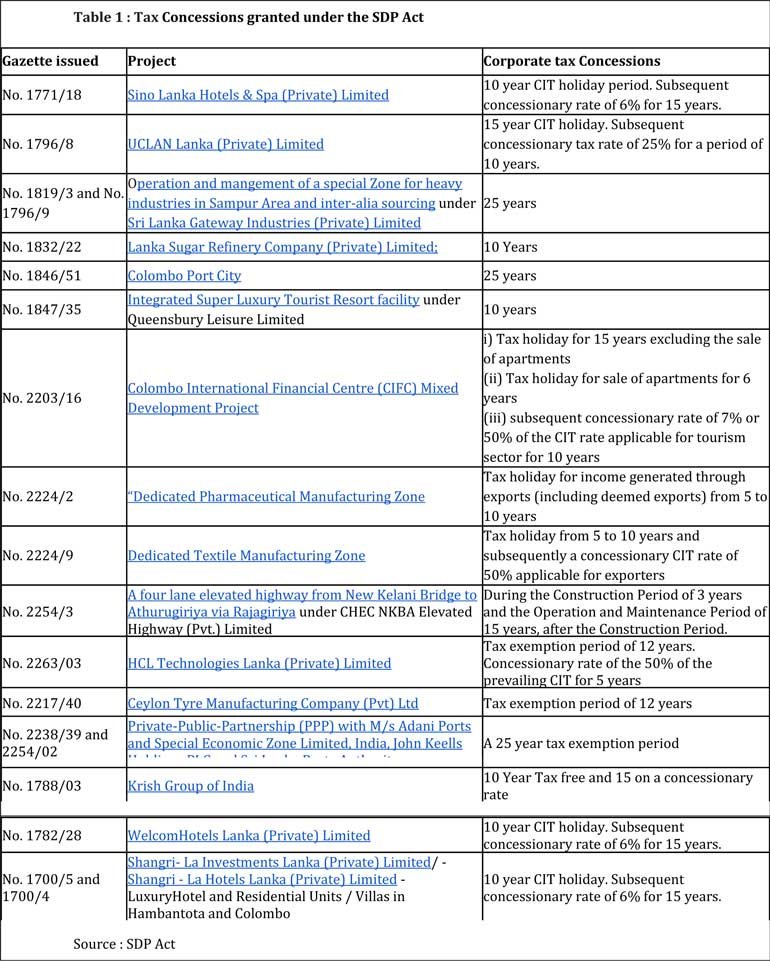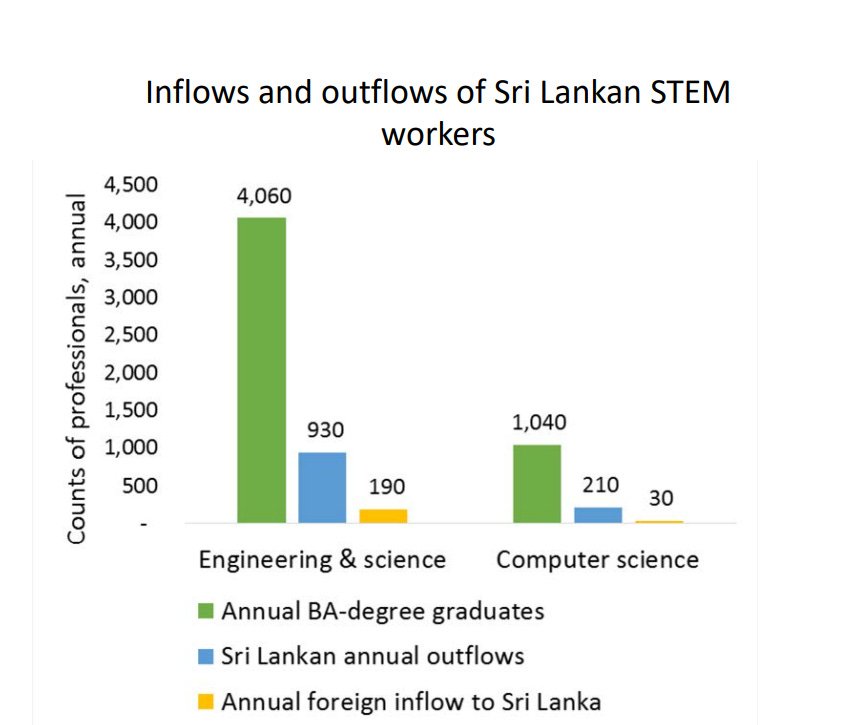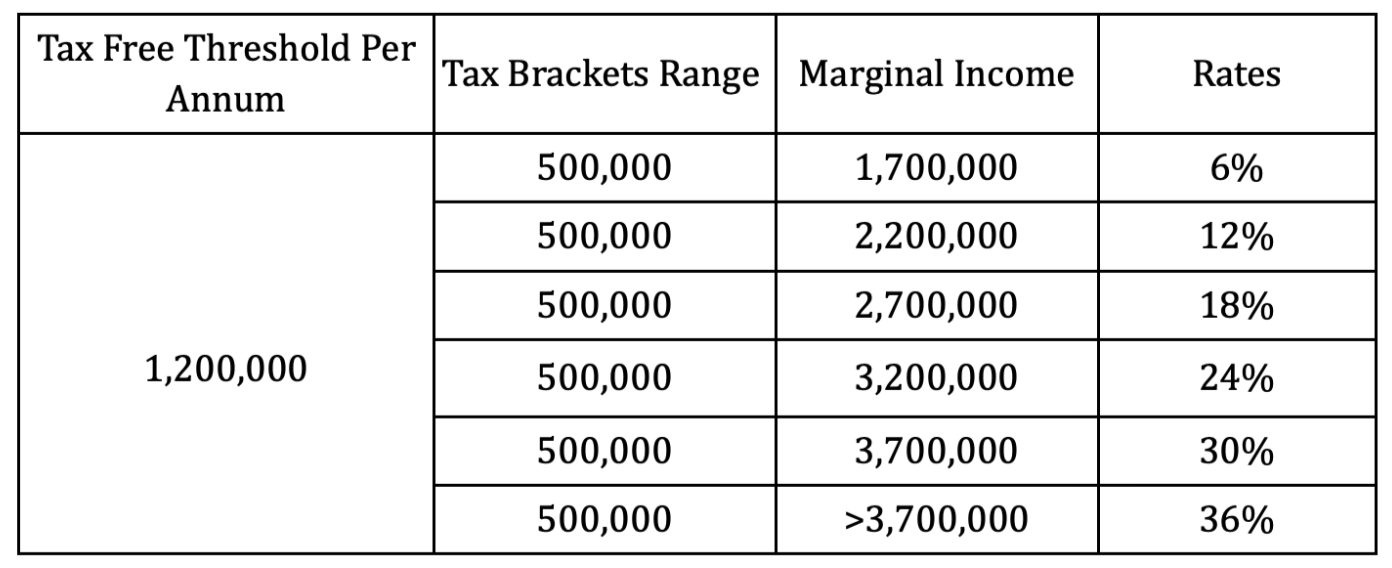By Dhananath Fernando
Sri Lanka’s debt situation is still a mystery for some. During a panel discussion, I pointed out that Sri Lanka’s State Owned Enterprises (SOEs) have amassed a staggering 1.8 trillion in debt, all guaranteed by the Treasury and classified as ‘Public Debt’. One question from the audience was, “What did we do with the money we borrowed?” The simple answer is that money was borrowed primarily to service the interest on the initial loans Sri Lanka took out. Therefore, despite borrowing substantial amounts, there is nothing tangible or visible to show for it, as a majority was essentially sunk into interest.
To provide context, since 1999, approximately 74% of the increase in debt can be attributed to interest payments and currency depreciation. Interest payments accounted for a substantial 40% of the debt accumulated since the 1990’s, while the exchange rate depreciation contributed to 33%.
What Sri Lanka faced was a precarious combination in terms of borrowing and our monetary policy. Our expansionary monetary policy played a significant role in the depreciation of the currency over the years, exacerbating the situation further. Compounding this issue was the fact that approximately 50% of our borrowing was in foreign currency. As it is indicated in 2022, with Modern Monetary theory in play, the significant depreciation of the exchange rate since 2020 led to an accumulation of debt beyond our repayment capacity.
Printing more money artificially increases the demand for foreign exchange. However, after depleting our reserves in an attempt to defend the currency, the only option left was to allow the currency to float, leading to a sharp depreciation. In the case for Sri Lanka, it was not just the currency depreciation; social unrest, debt default, and numerous other crises followed when the government resorted to borrowing from the Central Bank through money printing.
As at the end of June 2023, our total public debt has increased to USD 96.5 billion, with approximately 50% of it in domestic debt. The country’s public debt now stands at about 127.4% of GDP. Even if debt restructuring is successful after negotiations with the Paris Club and separate discussions with China, we only anticipate a reduction to 95% of GDP by 2032.
Undoubtedly, expediting the debt restructuring process is crucial, especially given the unpredictable twists in geopolitics. While the tentative agreement with China Exim Bank to restructure the debt is a positive development for Sri Lanka, we must fast track negotiations with our other foreign creditors. Complicating matters, as we approach an election year, there is a significant risk of derailing the process as unfortunately, there is a lack of consensus among political parties regarding the economic stabilization program for the next few years. This further exacerbates the challenges Sri Lanka faces.
Solution
If Sri Lanka is genuinely committed to resolving its debt crisis, a crucial step is to establish a consensus on public finance across the major political parties. At the very least, adherence to a single plan, such as the IMF program, is necessary. However, even the IMF program alone will be insufficient to take Sri Lanka to the next stage of economic stability. Therefore, there must be a fundamental agreement on specific reforms across party lines. For example, there exists a common minimum program in Parliament, shaped with contributions from the business community and organizations like Advocata. It is not too late to revisit and endorse this document. Committing to these agreed-upon reforms before political parties develop their individual manifestos in the coming years could provide a stable foundation for Sri Lanka's economic future.























